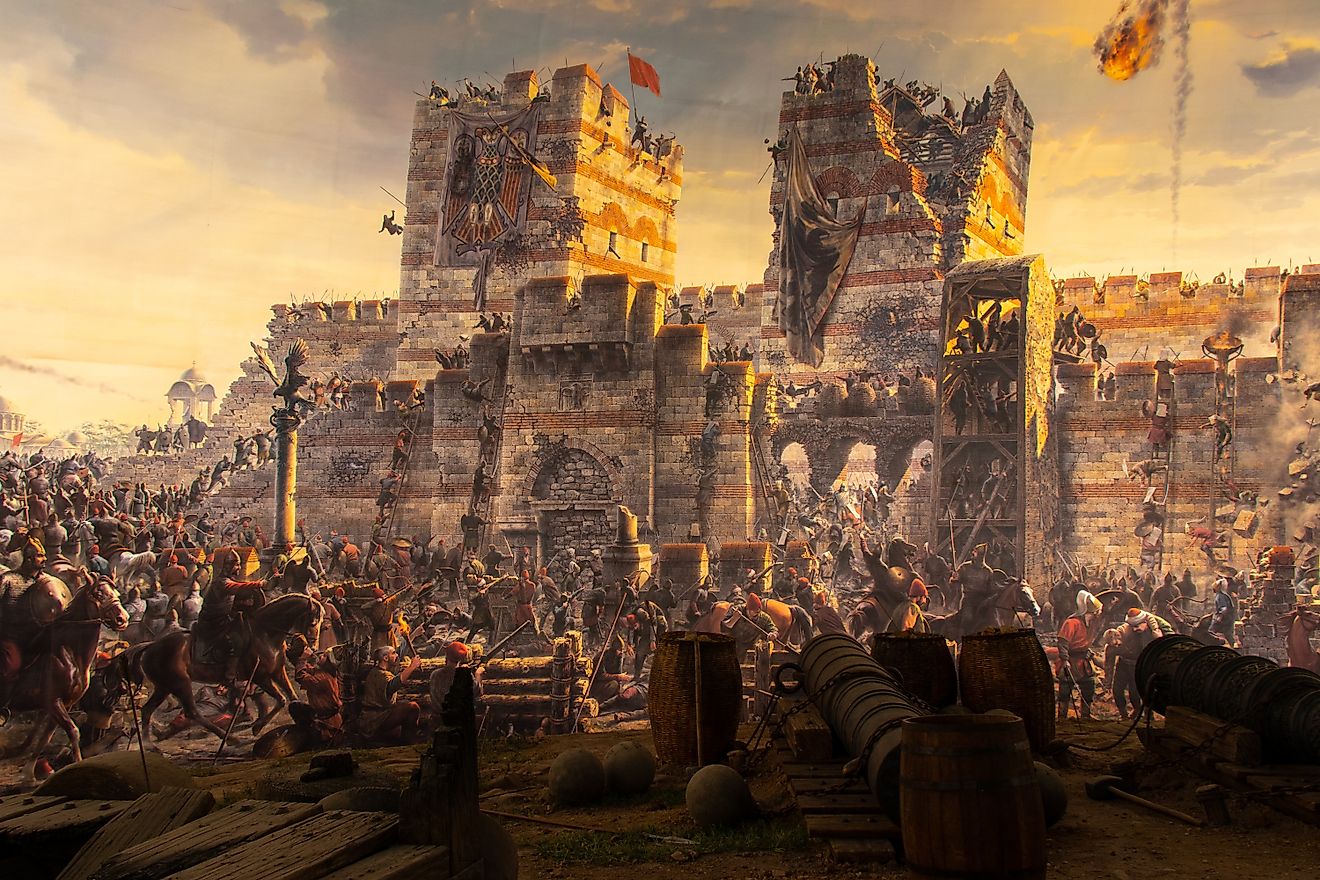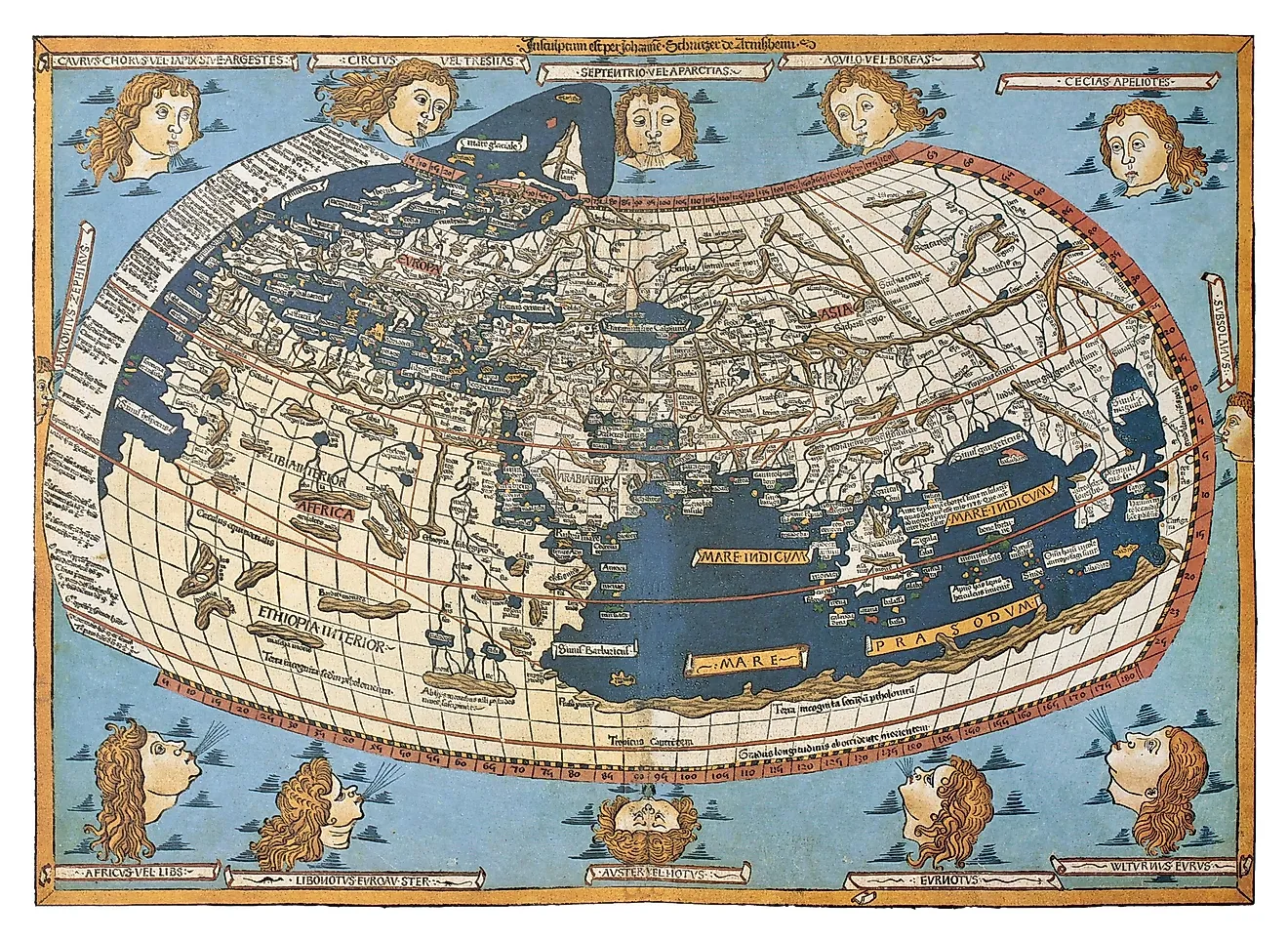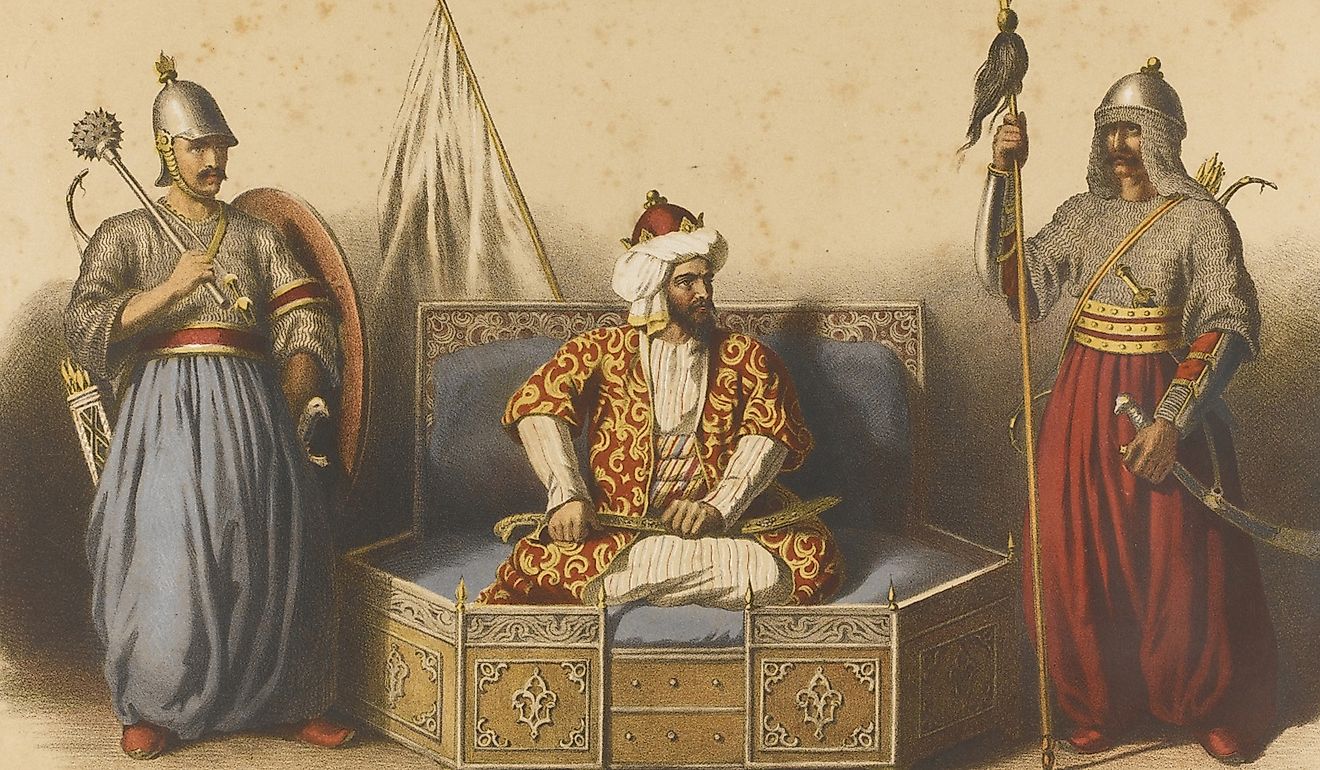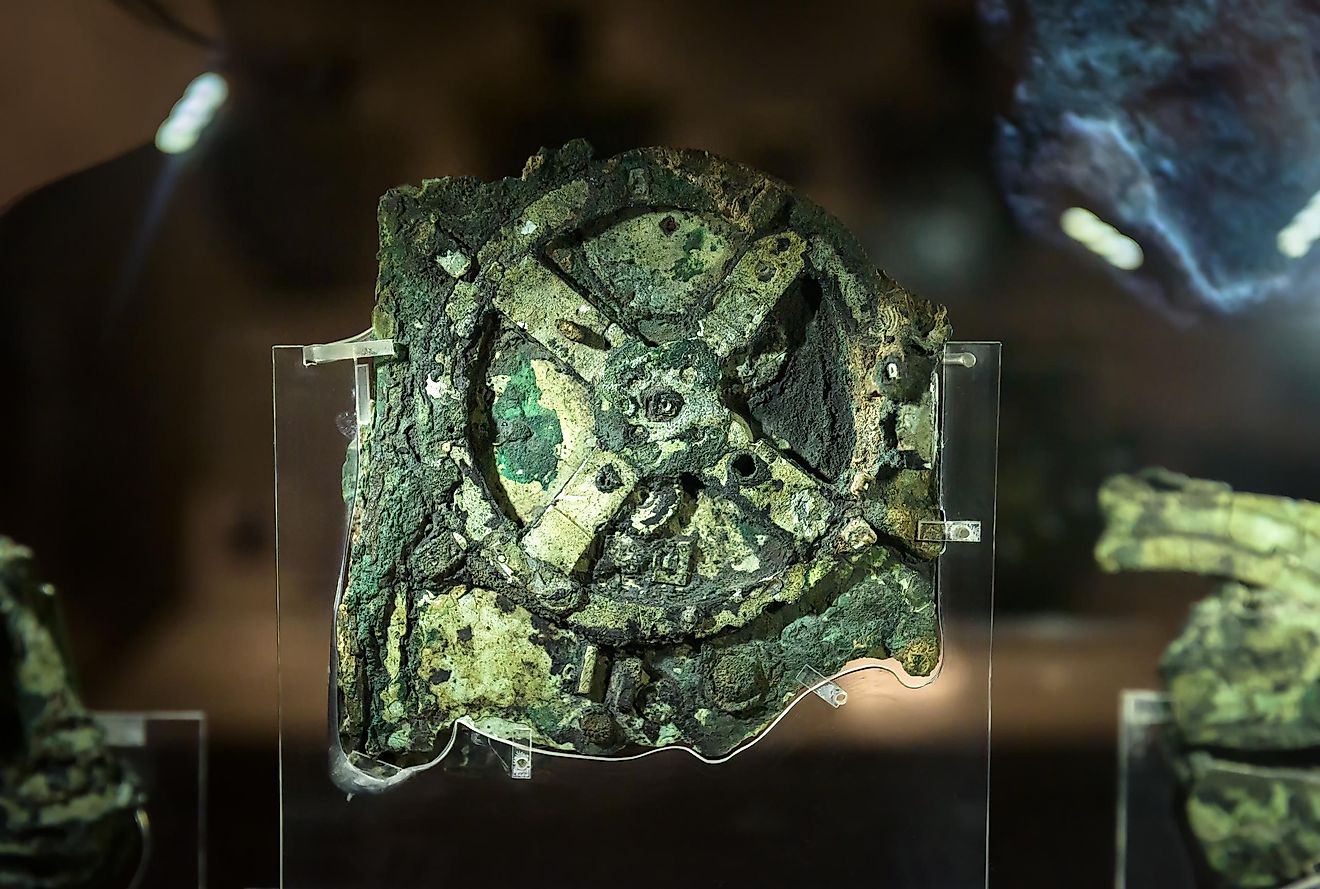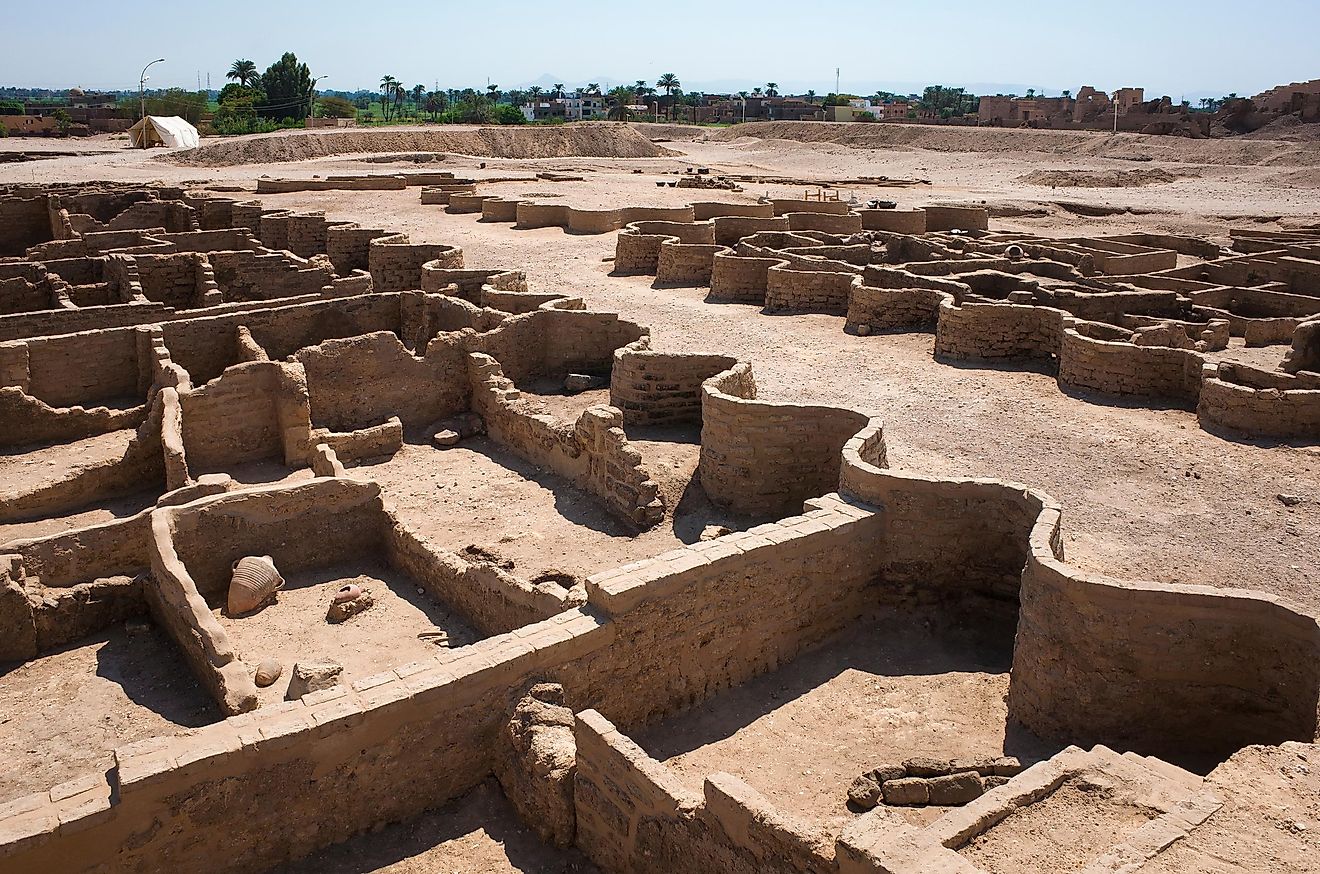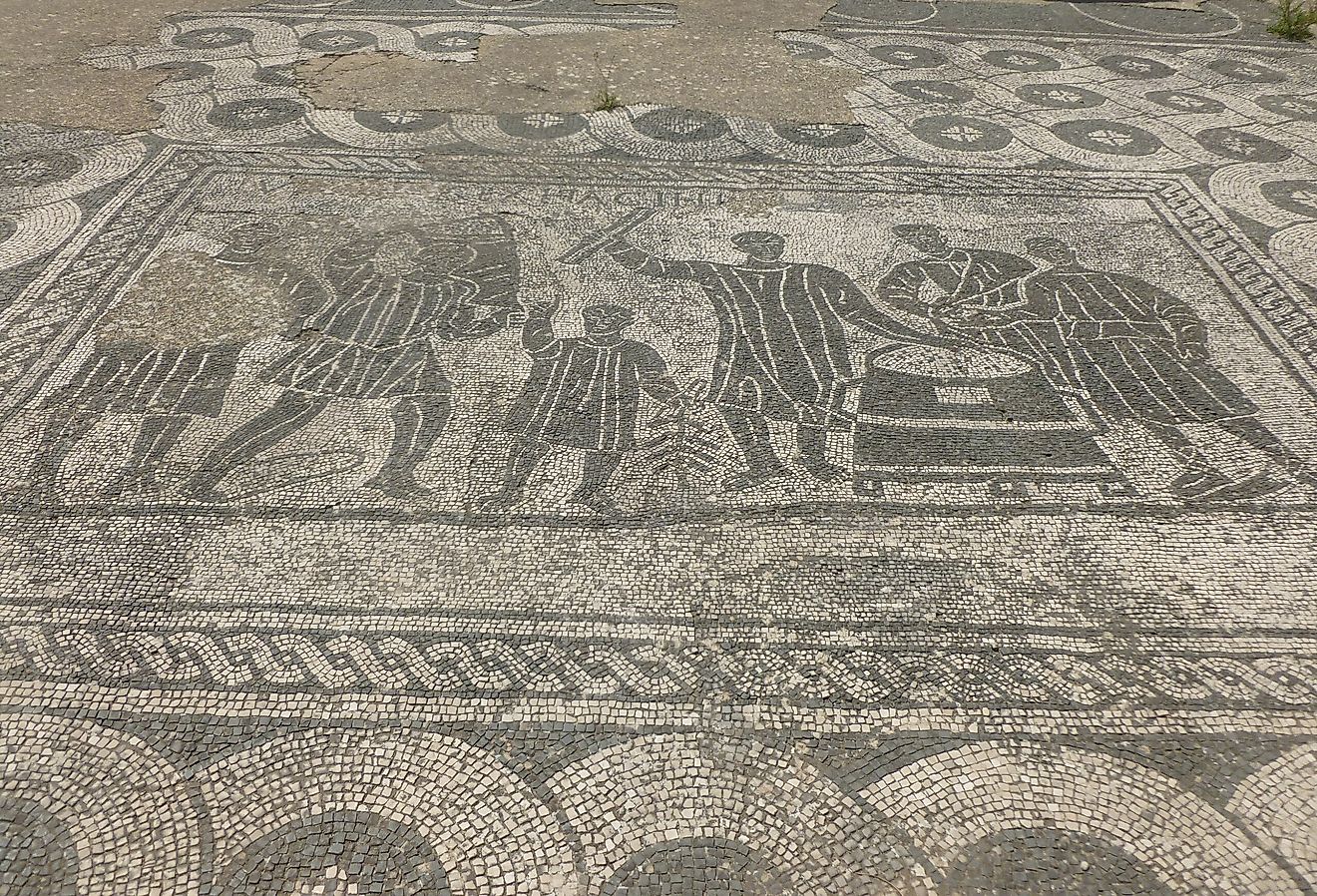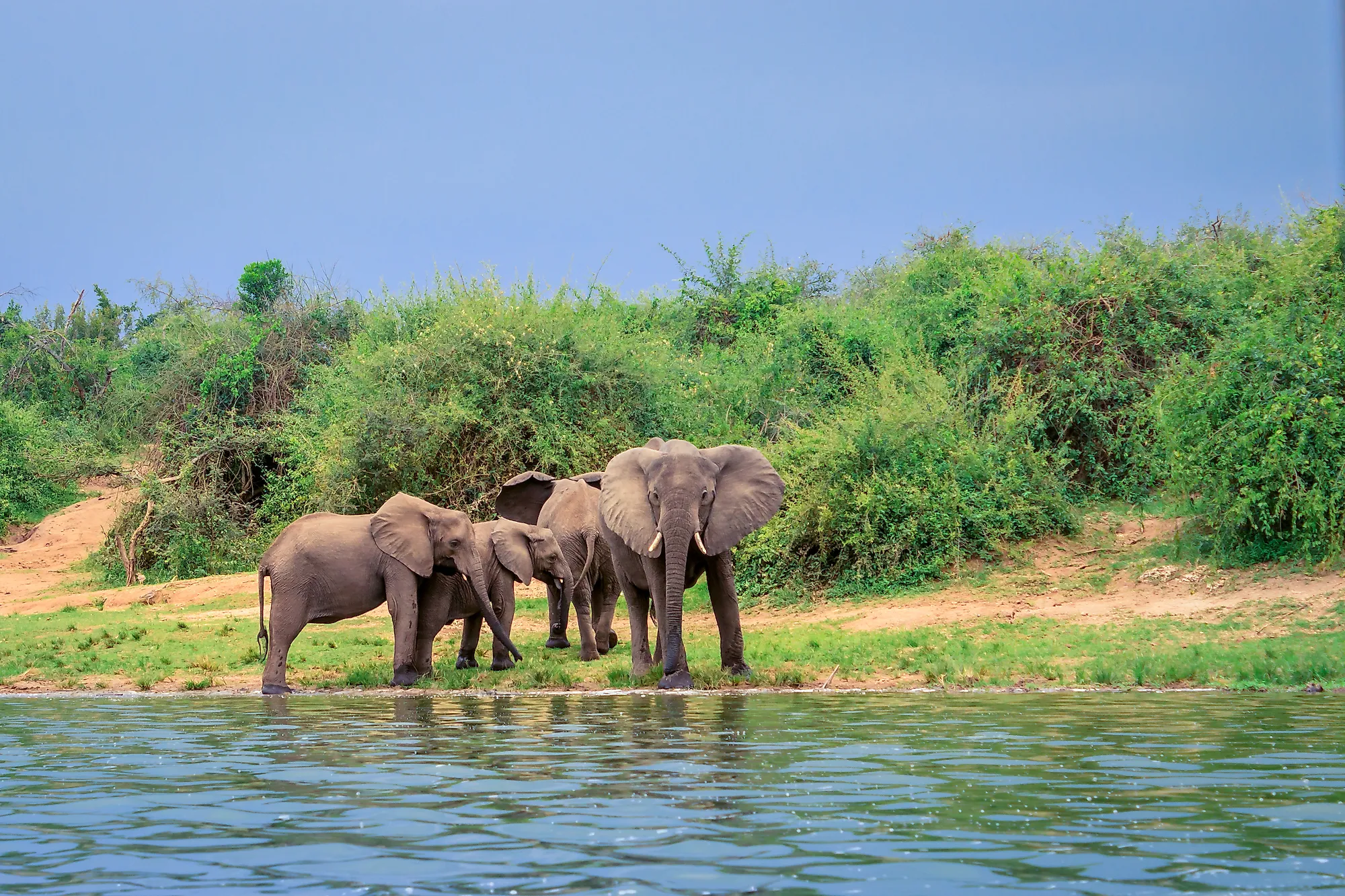
When Elephants Went to War In Hannibal’s Invasion of Rome
When Elephants Went To War In Hannibal’s Invasion Of Rome
Although the concept of war elephants sounds like a notion taken straight from a J.R.R. Tolkien novel, in the 3rd Century BC, this was a genuine war tactic for the general of the Carthaginian army, Hannibal Barca. In 218 BC, Hannibal took over the Carthaginian army after the deaths of his father and brother, and led it to confront the Roman Republic in what is now known as the Second Punic War. The sight of these massive elephants covered in armour stomping towards the front lines caused a significant psychological impact, striking terror into opposing armies before engagement had even begun. Unfortunately, what Hannibal considered one of his army's greatest strengths ultimately became its greatest weakness, arguably contributing to the war's outcome.
Alpine Crossing

Before he could invade, Hannibal first needed to get to Italy. As he was unable to cross by sea due to simply not having access to enough allied ports for the volume of the crossing, he was forced to cross the Alps. Crossing the Alps presented several challenges, the first being the aggressive local tribesmen who lingered in the mountains. During the journey, there were several engagements with the tribesmen, resulting in heavy casualties on both sides of the battles. According to the account of the Roman historian Polybius, Hannibal and his army eventually drove them off and captured a nearby town, where they replenished their supplies.
A second challenge during this journey was navigating the freezing temperatures that accompanied the ice and snow of the mountainous landscape. Completing this feat with just his army alone would have been trying, but attempting it with an additional thirty-seven elephants was ill-advised. The climb up the Alps was not easy; one slip could cause pandemonium as soldiers and animals slid around, stepping and falling on each other.
It wasn’t just the environment that was the problem, either. Elephants eat over 150 kilograms of vegetation on average and spend approximately 80% of their day consuming food. This meant that a significant portion of time and energy was spent ensuring enough food was being carried with the army. These factors combined to cause the journey across the Alps to be grievously slow, the trip taking twice as long as it should have. The terrain was rugged and harsh, certainly not the ideal tropical environment that elephants thrive in, and by the time they had reached the end of the crossing, several of them had succumbed to the elements.
The Battle Of Trebia
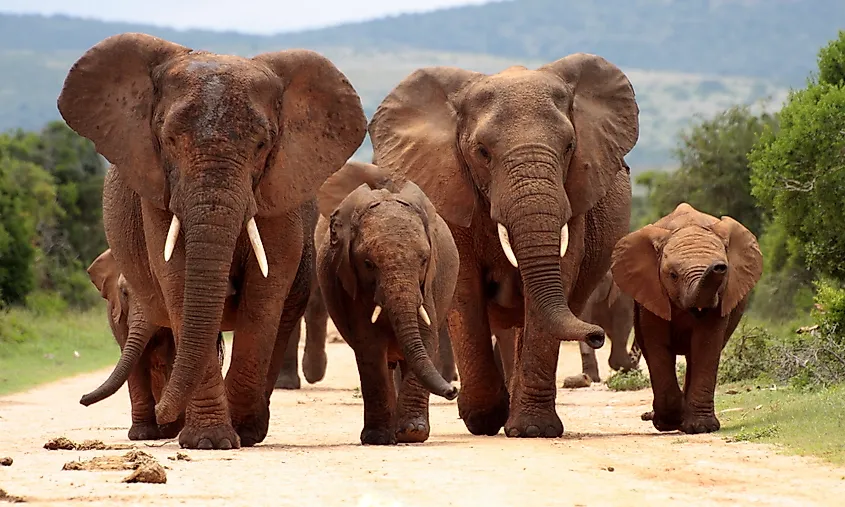
The Battle of the Trebia River was the first large-scale battle in the Second Punic War. Although some of the elephants had survived the crossing, it is unknown how many elephants survived to fight in this battle. When the massive creatures appeared, stomping towards the opposing Roman army, the horses began to panic. The unfamiliar smell of the elephants, paired with their unusual appearance, was the cause of the horses bolting and freezing in response, overcome by fear. The Roman historian Zonaras reported in his account that had an elephant not become spooked when wounded, throwing the Carthaginian warriors riding on its back into confusion, the Roman casualties would have been far greater. Even with this happening, the Carthaginian army won the battle and continued their march to Apulia in southern Italy.
Although the elephants initially seemed like a useful intimidation tactic, the Battle of Trebia highlighted some of the logistical issues with employing the war elephants during battles. The elephants were easily startled, and when startled and panicked, they were exceedingly hard to control. A panicked war elephant could be just as much a threat to the Romans as it was to the Carthaginians’ troops, meaning they were extremely unpredictable in the heat of battle. Unfortunately, shortly after this battle, the majority of the war elephants succumbed, though it is debated whether this was from disease, the inhospitable environment, or a combination of both. Only one is known to have survived the campaign, the elephant which Hannibal himself rode in battle, named Surus.
The Battle Of Zama
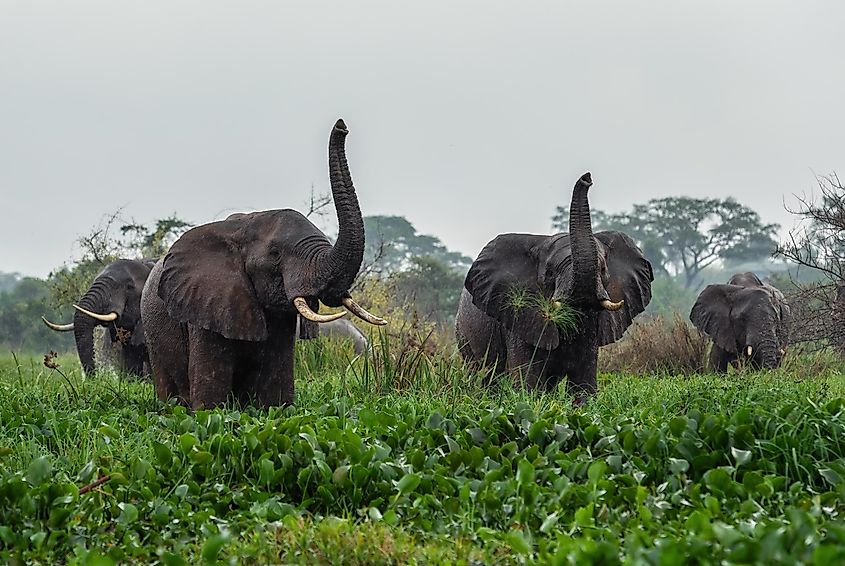
War elephants were not used in the subsequent battles of the Second Punic Wars until many years later in the Battle of Zama in 202 BC. The Carthaginian army created a new force of War Elephants, gathering 80 recruits captured in battle. This new force of elephants is said not to have been as well-trained as those deployed in the Battle of Trebia, due to their rapid capture. This, combined with the Romans’ developed tactics for addressing the threat of the War Elephants, led to the defeat of the Carthaginians by the Romans in the Battle of Zama, effectively ending the Second Punic War.
The battle began with the War Elephants charging at the Romans' front lines, a choice meant to cause intimidation and fear. However, the Roman army was prepared for the elephants this time. They used a combination of hidden troops engaging the elephants and the blasting of trumpets to startle and terrify the beasts. This tactic proved effective; the elephants chose to flee and were subsequently captured by the Roman army, or even turned on their own army's troops in the confusion. This clever tactic is arguably one of the reasons that the Romans won the Second Punic War.
Final Thoughts
The use of war elephants in Hannibal’s army was a tactic meant to intimidate and invoke fear and panic in the Roman soldiers he faced. In the ensuing panic and confusion, he witnessed the Carthaginian army defeating the Romans and seizing control of the Roman Republic. Although the strategy was successful in some cases, it came with significant costs associated with using such creatures as soldiers. Logistical challenges, combined with the inclement weather and unpredictability of the animals, ultimately led to the end of Hannibal’s war elephants. Despite these challenges, once the Second Punic War had ended, the Peace Settlement between the Romans and Carthage forbade the future use of war elephants. A decision essentially to prevent them from becoming a threat to the Romans once again, which speaks for itself in how formidable and daunting they were in the heat of battle.
